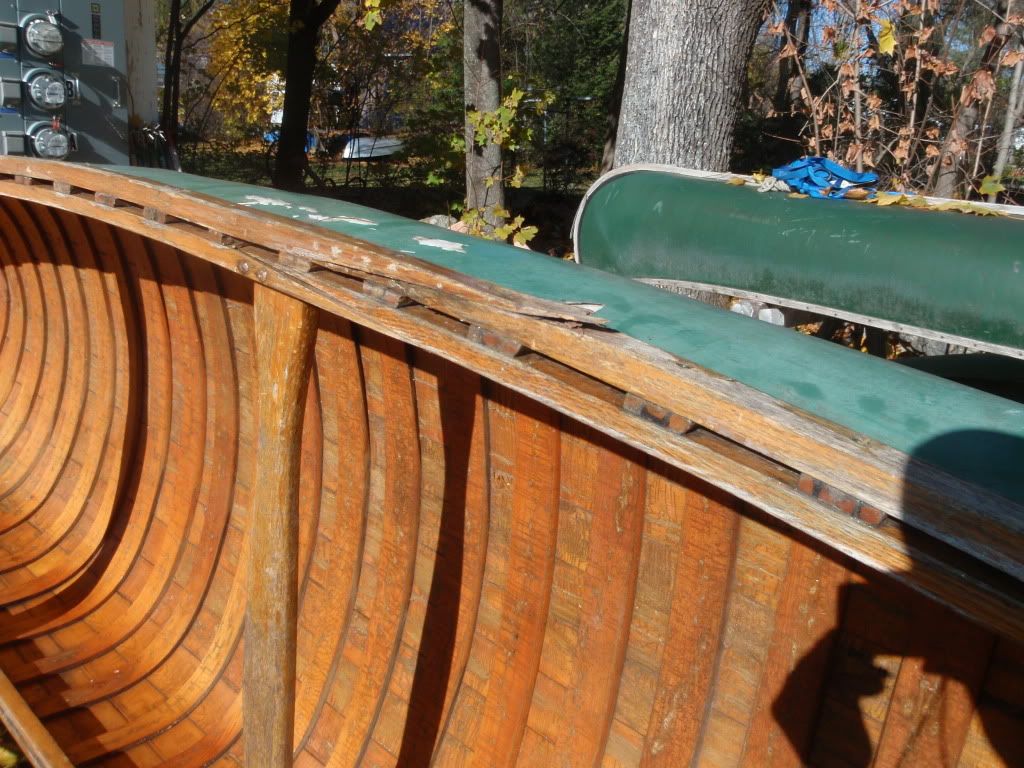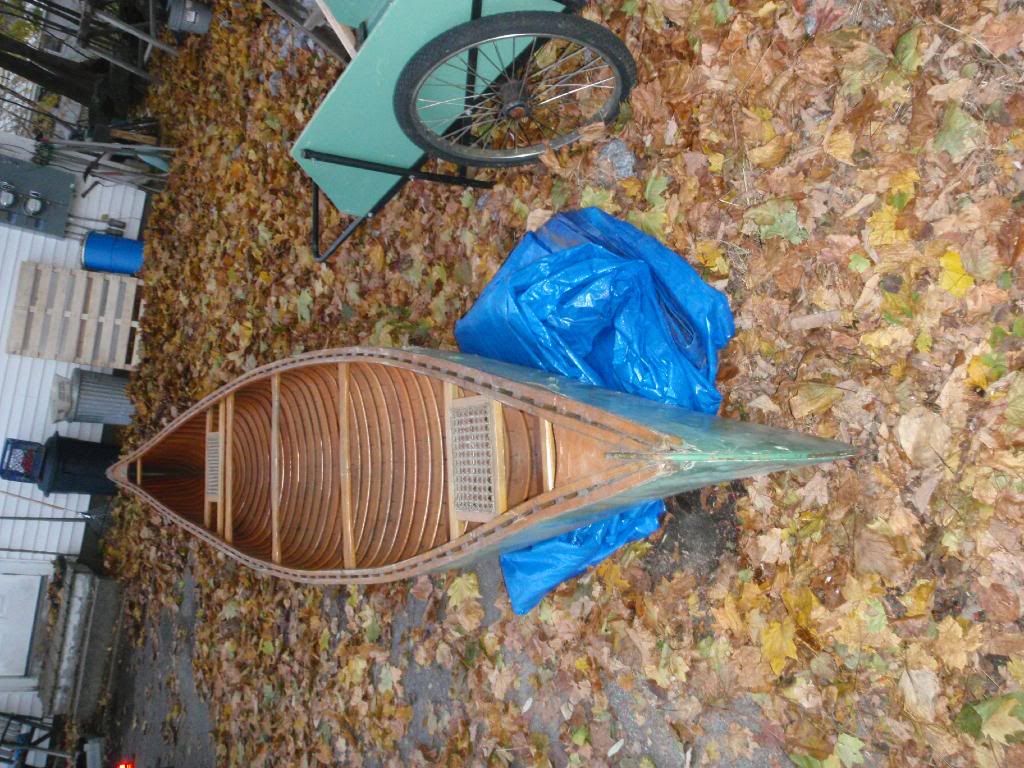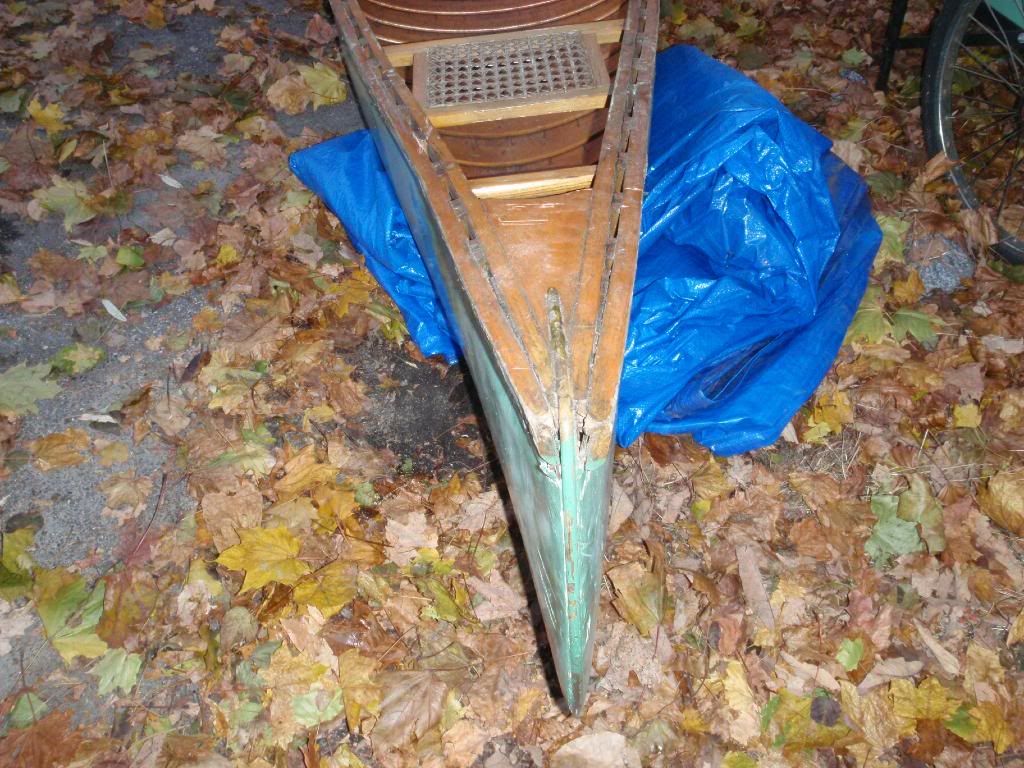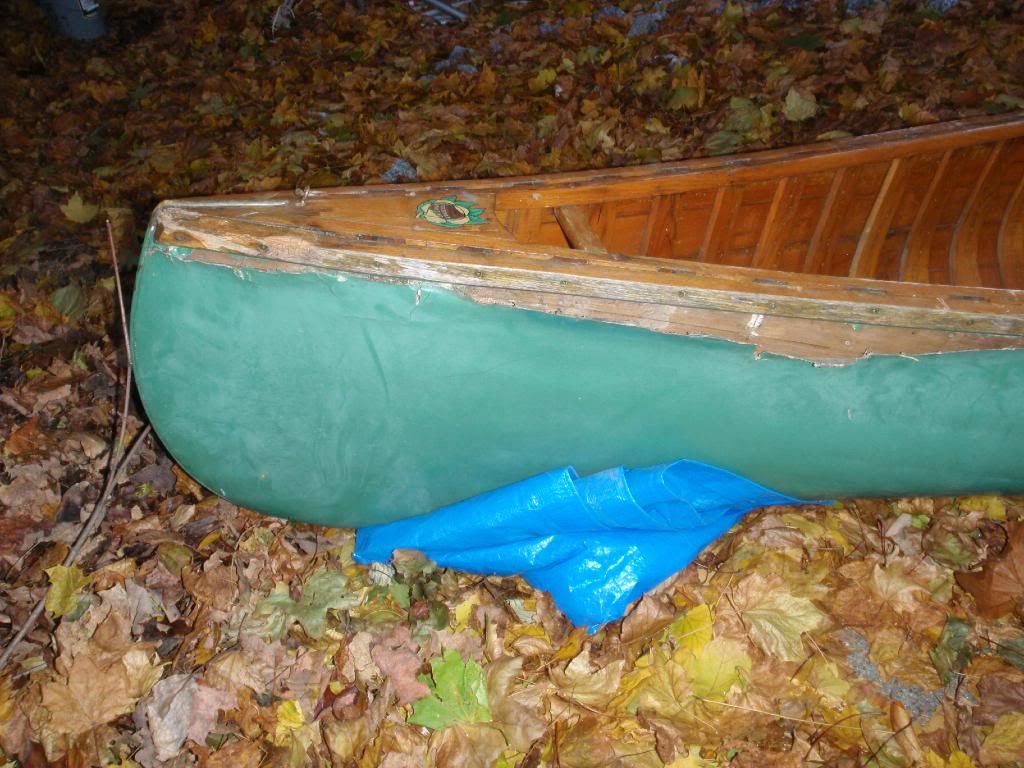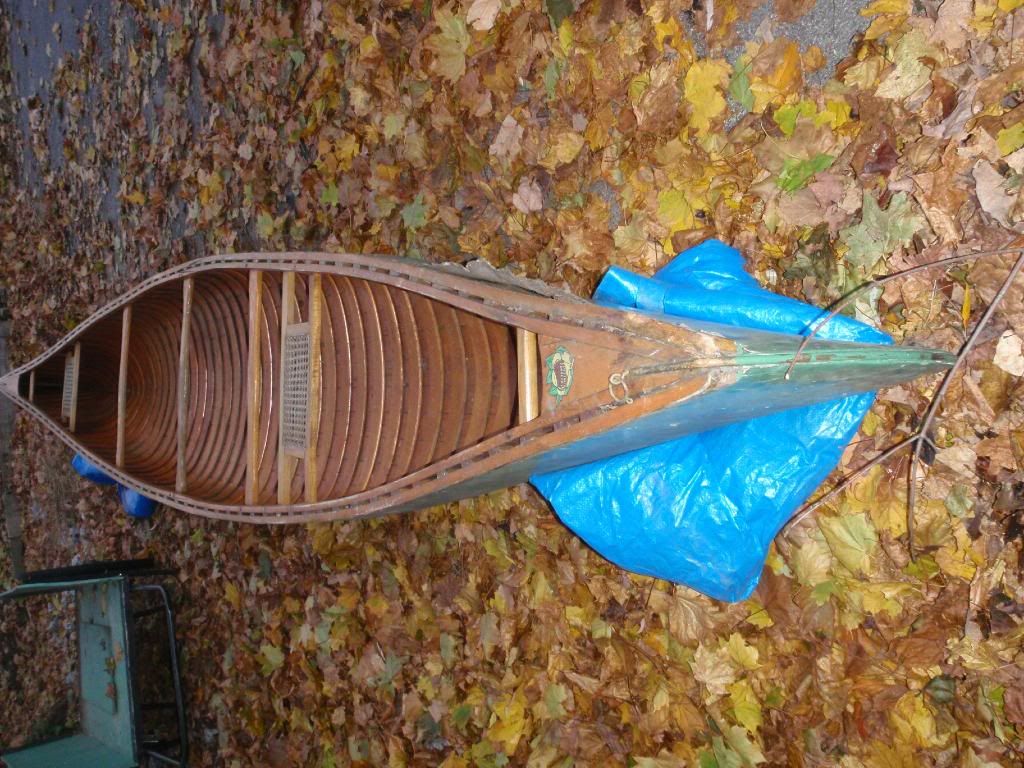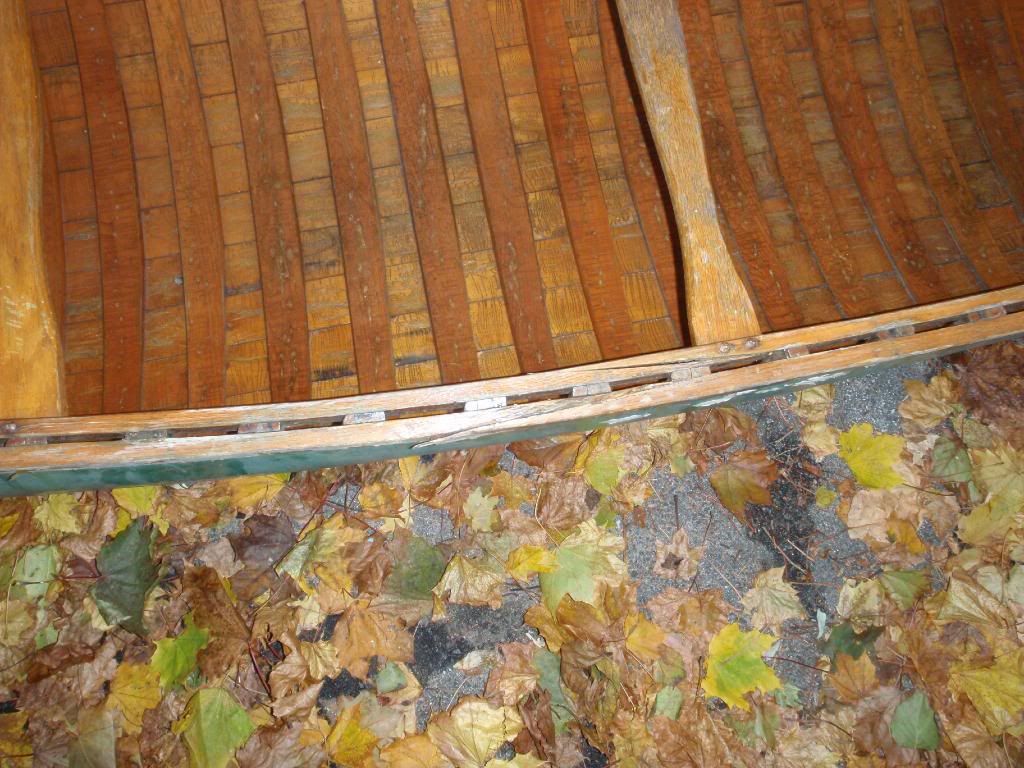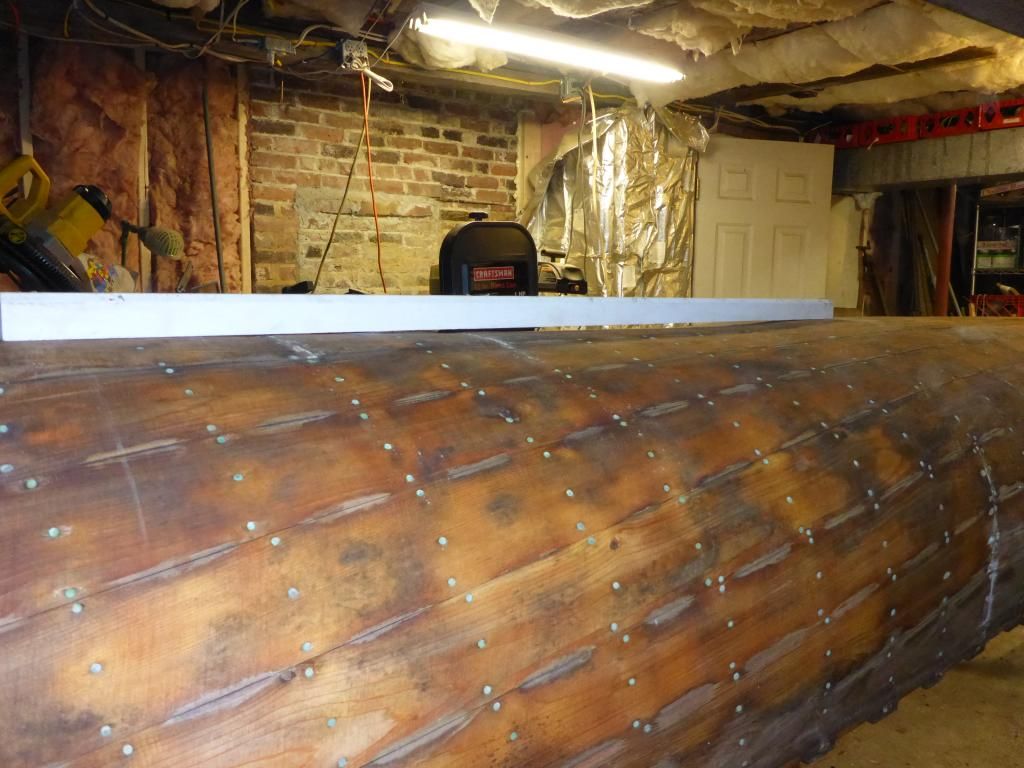Kevin French
Paddler
Just brought home an 18' Chestnut and having some problems Id'n it.
It's 18' long, 35" at it's widest and 13.5" deep.
5 thwarts, 2 seats, caned.
Ribs are 3/8" thick by 2 7/8" wide, spacing varies from 1 5/8" in the center to 2 3/16" on the ends
No clue as to bow and stern height are measured. I come up with a max of around 20" but can't find any model with those measurements.
The inner and outer gunwales are splined
I've tried to ID it from this site.
http://www.picturetrail.com/sfx/album/view/5725889
It's 18' long, 35" at it's widest and 13.5" deep.
5 thwarts, 2 seats, caned.
Ribs are 3/8" thick by 2 7/8" wide, spacing varies from 1 5/8" in the center to 2 3/16" on the ends
No clue as to bow and stern height are measured. I come up with a max of around 20" but can't find any model with those measurements.
The inner and outer gunwales are splined
I've tried to ID it from this site.
http://www.picturetrail.com/sfx/album/view/5725889

